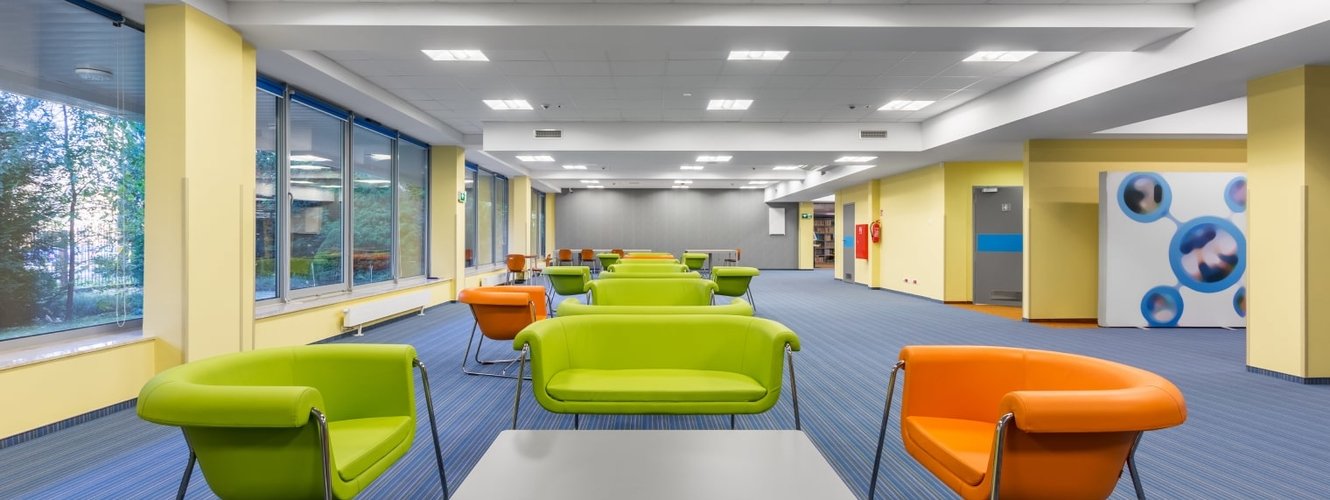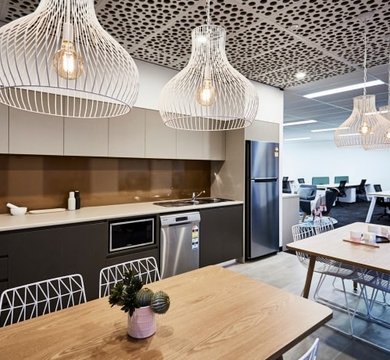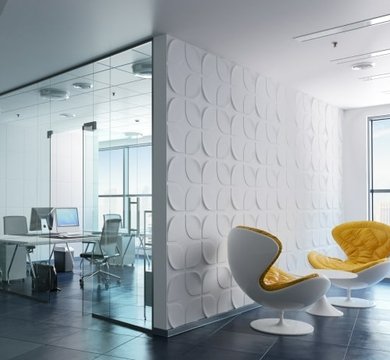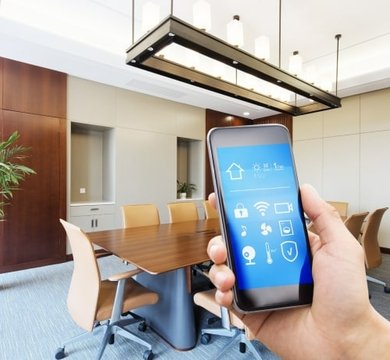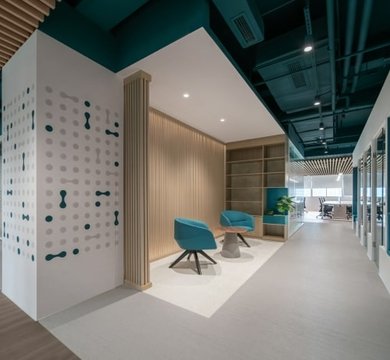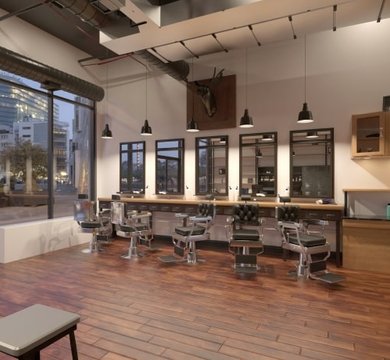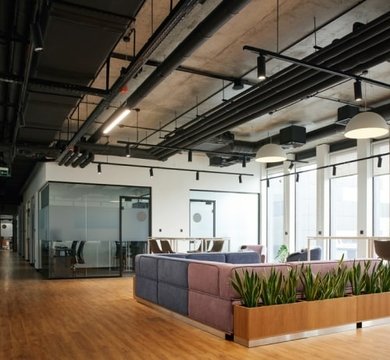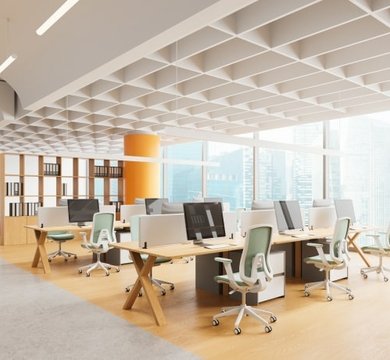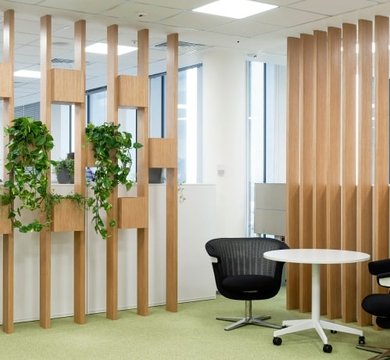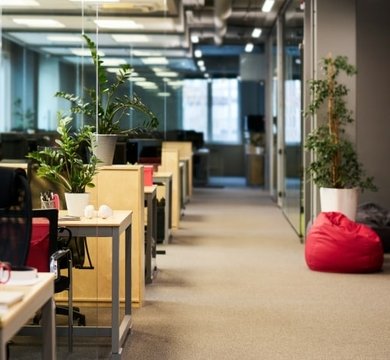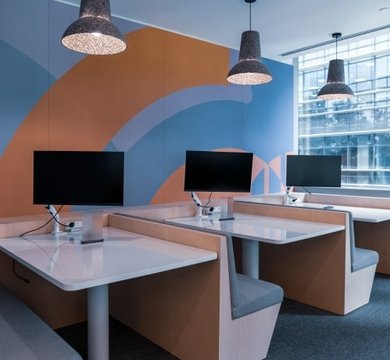Employers are being asked to give more consideration to those who are neurodiverse. Although an estimated 1 in 7 of us suffers from a hidden disability, such as autism, ADHD, dyslexia, dyspraxia or OCD, many of today’s workplaces are not set up to provide a secure setting or alternative space for those who have a neurological condition.
In the same way that employers are required to provide wheelchair-accessible spaces or perhaps add Braille to signage, the Equality Act 2010 gives those with neurodiverse disabilities the right to ask for reasonable adjustments to help them carry out their job.
Office design can play a major part in an employee’s workplace wellbeing, especially if they are currently frustrated by poor planning. If you are wondering how to promote neurodiversity in the workplace A refurbishment presents the best opportunity to address aspects that challenge the neurodiverse community.
It’s not the time for guess work, however, and the most effective redesigns are employee-led, with particular engagement from a company’s neurodiverse employees. You may be very surprised to learn the facets of your office that confuse, overwhelm and affect a person’s ability to do their job. There are huge benefits of neurodiversity for employers and it can be achieved with simple but effective ways.
Here are a number of office design elements you may have to reconsider:
1. Colour choices: while there is a stack of evidence to suggest that bold, bright shades can boost our mood and even increase productivity, some colours can overstimulate and cause anxiety. Ensure there are staff rooms or break-out areas that are decorated neutrally.
2. Patterns: too much detail can become a sensory overload and those with neurodiverse issues have pinpointed patterns as an office issue. From patterned carpets that produce an uneasy feeling to walk on, to wall art that people become fixated with, sometimes less – and plain – is best.
3. Symbols: agile environments, multiple meeting points and a maze of offices can prove a processing nightmare for the neurodiverse, so MPL advocates the use of simple symbols to denote different areas. The ‘acorn room’ or the ‘light bulb area’ can be part of a more friendly wayfinding system and provide an opportunity to be creative with design.
4. Lighting: many workers find traditional office lighting harsh but for the neurodiverse, it can be debilitating. Incorporating different zones with varying styles and brightness of lighting into an office refurbishment is helpful, as is at least one room with an adjustable lighting system.
5. Soundproofing: intense sensitivity to noise is a common autistic trait and even the hum of a busy open plan office can prove overwhelming. As well as benefiting the neurodiverse, soundproofed pods and quiet rooms will be appreciated by everyone in search of calm quietness.
MPL Interiors can take the lead when it comes to planning a neurodiverse workplace, so please get in touch of you’d like to make changes.

